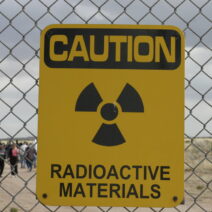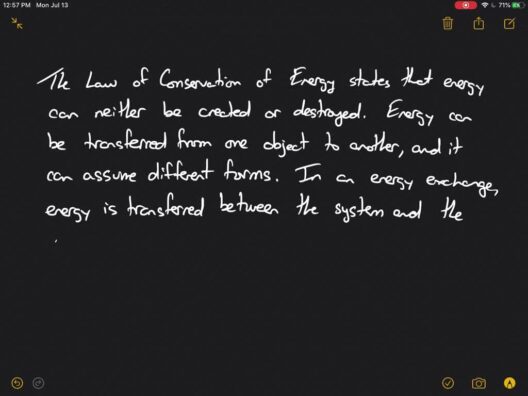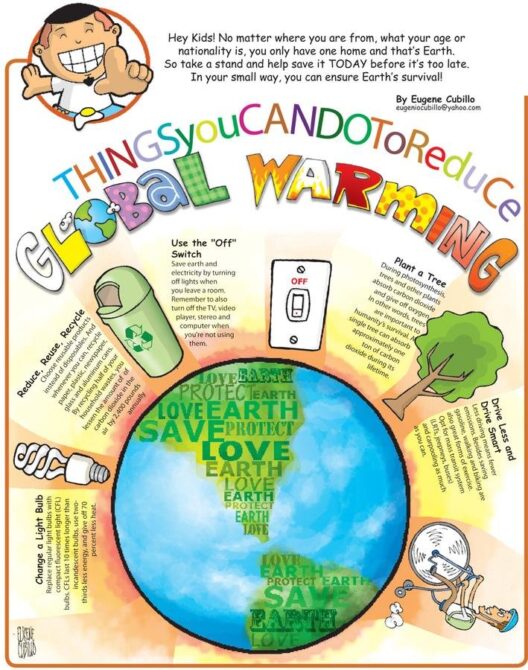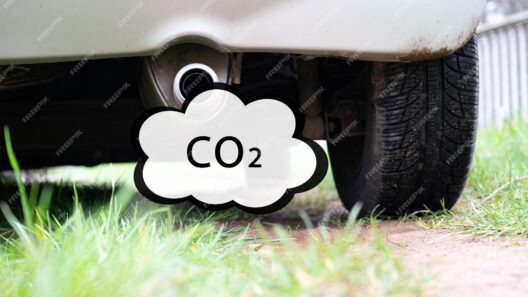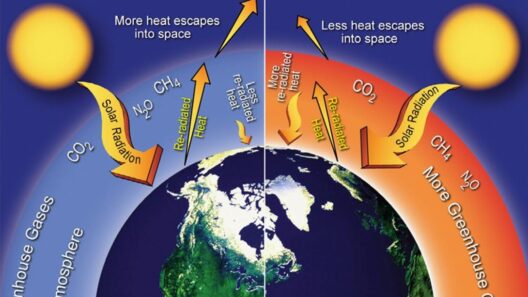Global warming is an overarching concern that has gained significant attention in recent decades. At its core, it refers to the long-term rise in Earth’s average surface temperatures primarily due to human activities. This phenomenon poses substantial implications for our environment, society, and economy. To truly grasp why global warming is occurring, it is essential to delve into the scientific explanations behind rising temperatures and the myriad of factors contributing to this pressing issue.
The Greenhouse Gas Effect: How Human Activity Amplifies Heat
One of the fundamental reasons global warming is occurring is the greenhouse gas effect, a natural process that warms the Earth’s surface. Greenhouse gases (GHGs), primarily carbon dioxide (CO2), methane (CH4), nitrous oxide (N2O), and water vapor, trap heat from the sun in the atmosphere. In moderation, this effect is crucial for maintaining the planet’s temperature, making it suitable for life as we know it.
However, human activities have significantly exacerbated the concentration of these gases. The burning of fossil fuels such as coal, oil, and natural gas for energy and transportation has released vast quantities of CO2 into the atmosphere. Deforestation further compounds the issue, diminishing the Earth’s capacity to absorb CO2 through photosynthesis. Agricultural practices, particularly livestock farming, contribute to heightened methane emissions. As GHG concentrations in the atmosphere surge, the greenhouse effect becomes intensively strengthened, leading to elevated global temperatures.
Feedback Loops: The Role of Natural Processes in Temperature Rise
The scientific community points to feedback loops as an essential factor in understanding the accelerated pace of global warming. Feedback loops occur when changes in the climate system trigger processes that enhance or dampen the effects of warming.
For instance, as temperatures rise, polar ice caps and glaciers melt at alarming rates. This melting reduces the Earth’s albedo, the surface’s reflectivity. With less ice, more solar energy is absorbed by the darker ocean waters, further warming the Earth. Additionally, as permafrost thaws, it releases trapped methane, a potent greenhouse gas, driving temperatures even higher.
These self-reinforcing processes illustrate the intricate web of interactions within the climate system. They demonstrate that global warming is not merely a linear trajectory but rather an escalating series of reactions that can precipitate rapid and sometimes irreversible changes in the climate.
Industrialization: A Historical Perspective on Carbon Emissions
The roots of global warming can be traced back to the Industrial Revolution, which marked a significant shift in human societies’ energy consumption patterns. Transitioning from agrarian economies to industrialized ones heralded unprecedented levels of CO2 emissions. Factories belched smoke and soot into the atmosphere, while advancements in transportation and energy production relied heavily on fossil fuels.
Over the past century, industrialization has spurred economic growth but at an environmental cost. The cumulative effect of emissions from various sectors, including transportation, manufacturing, and agriculture, has significantly elevated atmospheric CO2 concentrations. The Intergovernmental Panel on Climate Change (IPCC) has documented a sharp increase in global CO2 levels, illustrating an alarming correlation between human economic activities and rising temperatures.
Urbanization: Heat Islands and Climate Change
The rapid urbanization of the 20th and 21st centuries has also contributed to the global warming phenomenon. As cities expand, they create localized climate impacts known as urban heat islands (UHIs). These areas, characterized by dense concentrations of buildings, roads, and other asphalt-covered surfaces, retain heat more than their rural counterparts.
The increased use of energy in urban areas, along with emissions from vehicles and industrial processes, contributes to elevated local temperatures. Moreover, urban planning often neglects green spaces, which play a pivotal role in cooling the environment. As cities continue to grow, the interplay between urbanization and climate change raises questions about sustainable development and its potential to mitigate warming.
Global Consequences: Ecological and Social Impacts
The ramifications of rising temperatures extend far beyond mere numbers on a thermometer. Global warming induces a complex array of ecological and social impacts. Biodiversity loss threatens ecosystems’ resilience, while shifting weather patterns exacerbate natural disasters, leading to increased flooding, droughts, and heatwaves. These phenomena disrupt agricultural production, health systems, and water availability, disproportionately affecting vulnerable populations.
Furthermore, climate change jeopardizes global food security, with rising temperatures altering crop yields and the viability of certain agricultural practices. As climates shift, the geographic distribution of crops will likely change, necessitating adaptations in agriculture and food systems. This presents a monumental challenge for policymakers and farmers alike.
Mitigation Strategies: Addressing the Crisis
Understanding the scientific underpinnings of global warming is imperative for devising effective mitigation strategies. Transitioning to renewable energy sources, enhancing energy efficiency, and reforestation are among several proactive approaches aimed at curbing GHG emissions. Moreover, public policy must reflect a commitment to sustainability, encouraging practices that promote environmental stewardship.
Individual actions also play a crucial role. Reducing energy consumption, minimizing waste, and advocating for sustainable practices can collectively foster a culture of environmental responsibility. Engaging in local and global movements that emphasize education and resource conservation will create a ripple effect in addressing this global challenge.
In conclusion, global warming is a multifaceted issue rooted in a complex interplay of natural and anthropogenic factors. Through an understanding of the scientific explanations behind rising temperatures, society can confront this challenge head-on. By acknowledging the implications of human activities and fostering collaborative efforts towards sustainability, there remains hope for a more stable and resilient future.
